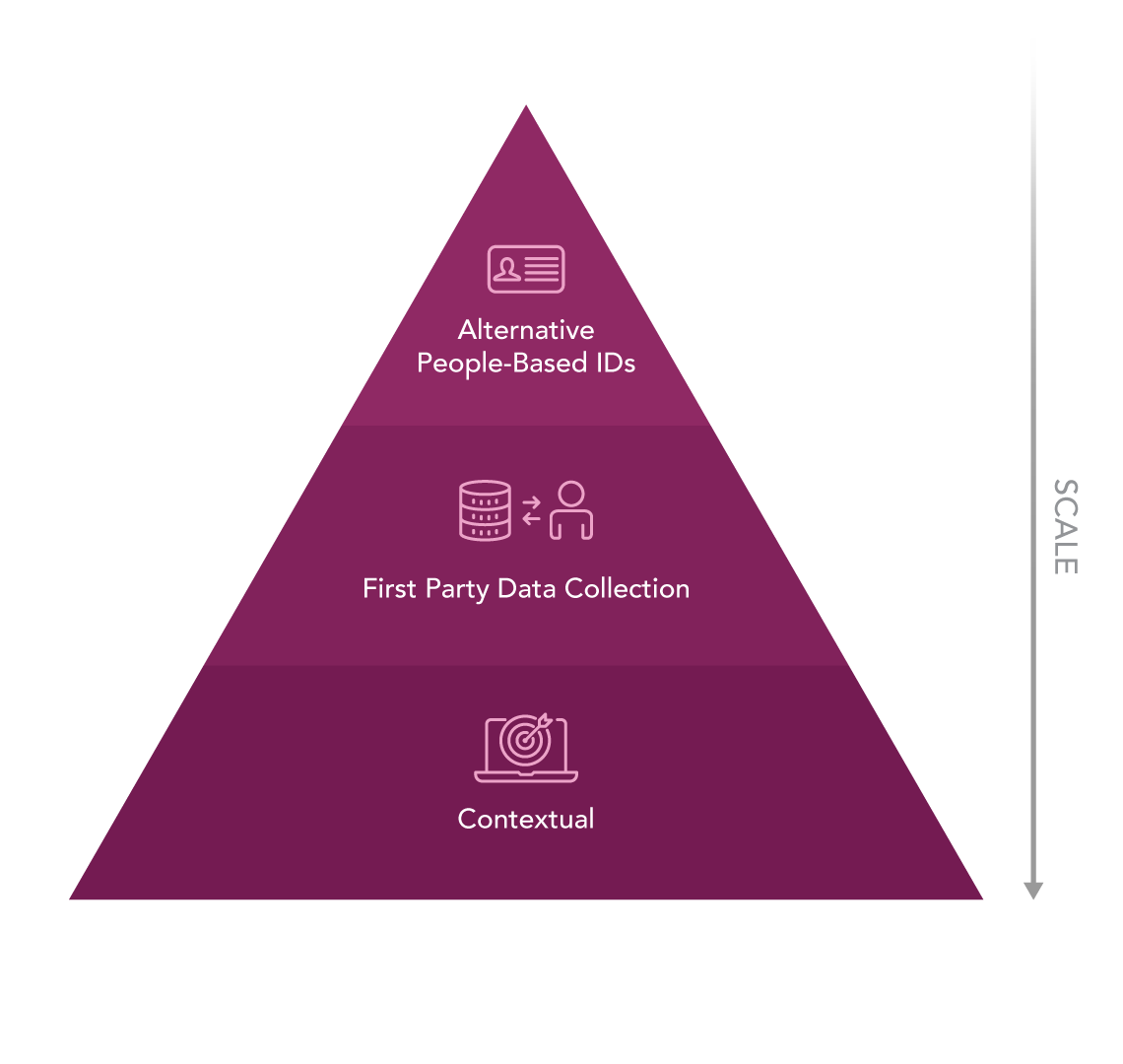The elimination of third-party cookies will have a significant impact on programmatic advertising in today’s digital landscape. Three key areas of programmatic advertising will be impacted: privacy concerns, regulatory changes, and evolving consumer expectations. Regulatory bodies have been more closely scrutinizing data practices, leading to shifts in the advertising ecosystem. Additionally, consumer preferences have evolved, prompting a demand for more personalized and relevant experiences while retaining greater control over their online data. These combined factors have driven the industry to adopt alternative advertising methods that prioritize user privacy without compromising the effectiveness of the advertising strategies.
Users, Legislators, And Regulatory Bodies Are Increasingly Concerned About Privacy
One of the primary drivers behind the elimination of post-third-party cookies is the heightened concern surrounding privacy. This move is a direct response to these concerns and seeks to empower users to have greater control over their data. By moving away from third-party cookies, companies aim to prioritize user trust and foster a more secure and transparent online experience.
The changing regulatory landscape plays a pivotal role in the elimination of post-third-party cookies. Governments worldwide, like the EU with GDPR and California with CCPA, have implemented privacy regulations that prioritize user rights, including the right to control their personal data. As third-party cookies were found to potentially violate these privacy regulations, regulatory agencies are requiring more privacy-conscious alternatives.
The elimination of third-party cookies aligns with the evolving consumer expectations concerning personal data usage. As demands for control, transparency, and consent grow, websites and advertisers now offer opt-in/opt-out options for data collection and tracking. This shift empowers users to have greater control over their online experiences.
Employ Three Solutions to Target Customers in A Cookieless Advertising Environment
The elimination of third-party cookies has sparked a major shift in advertisers’ approach to programmatic advertising. Three recommended solutions include contextual targeting, first-party data collection, and alternate people-based IDs. By exploring the unique role each of these strategies plays, we can develop a comprehensive understanding of how they collectively contribute to precise targeting and accurate measurement within the programmatic ecosystem.

Contextual Programmatic Advertising Delivers Relevant Ads to Users Based on Content They Engage With
Instead of relying on user data or user behavior, contextual advertising analyzes the content of a web page in real-time to understand its theme, keywords, and overall context. It then matches the context with suitable ad placements. This approach respects user privacy, since it doesn’t involve collecting or storing personal data, and it still provides relevant and effective ad placements, allowing advertisers to reach their target audience in a more privacy-friendly manner.
For example, if a user is reading an article about travel destinations, the contextual programmatic system would display travel-related ads, such as flight deals or hotel offers, without relying on the user’s previous browsing history.
First Party Data Collection Plays an Important Role in Creating Successful Advertising Strategies
According to The Trade Desk, “First-party data is data that you own and have collected on the websites that your company, brands, or advertisers manage. It may include user behaviors, actions, or interests demonstrated through your websites, subscriptions, or social media.”
By gathering first-party data, businesses can build a deeper understanding of their audience and gain valuable insights such as their preferences, behaviors, and interests. With this information, advertisers can create highly targeted and personalized ad campaigns which increases the likelihood of users engaging with relevant content. With the absence of third-party cookies, first-party data becomes even more crucial for establishing direct connections with consumers. Websites can implement consent mechanisms that allow users to choose whether they want to share their data, ensuring compliance with privacy regulations like GDPR or CCPA. This approach creates trust and transparency since users want control over their data and the choice to opt-in to data sharing.
Alternate People-Based IDs Are a Solution To Targeting and Measurement In A Cookieless World
A variety of alternate IDs exist to provide a privacy-compliant method of identifying users across various channels and devices. Below are two examples:
RampID by LiveRamp is a people-based map connecting de-identified offline touchpoints and online devices. “LiveRamp deterministically matches offline personally identifiable information (PII: name & address, email, phone) and online devices to people-based IDs.” RampID is the solution to bolster programmatic measurement capabilities, significantly enhancing various aspects of advertising analytics. By leveraging RampID, advertisers can achieve more accurate attribution, cross-channel measurement, and precise audience segmentation.
Lotame Panorama ID is a people-based identity solution which provides a comprehensive and privacy-conscious approach to audience targeting and data management in advertising. Unlike traditional tracking methods that rely on third-party cookies, which are increasingly restricted due to privacy concerns, Lotame Panorama ID focuses on user identification through anonymized first-party data.
The Above-Mentioned Solutions Do Not Come Without Their Own Challenges
While the solutions mentioned above can provide advertisers with a robust approach to programmatic advertising in a cookieless digital landscape, advertisers can face significant challenges. For example, the absence of granular tracking hinders precise audience targeting and restricted measurement capabilities make it difficult to accurately define a campaign’s effectiveness. Additionally, maintaining personalized experiences without violating user privacy demands innovative approaches. Advertisers must find alternative methods and prioritize data compliance to navigate these complexities successfully. Below we will further analyze these challenges.
- Contextual targeting presents advertisers with the challenge of navigating contextual obstacles, as reliance on content and context analysis of web pages for relevant ad delivery restricts precision. Ambiguous context or misinterpretation can result in ads being served to customers that don’t align with the intended audience, potentially impacting the overall effectiveness of ad campaigns.
- First-party data also presents several challenges. Relying solely on first party data collection for targeting may limit scale and reach, narrowing the data pool for retargeting. Convincing users to provide their personal data for tracking can be challenging due to stricter privacy regulations, resulting in lower opt-in rates. Additionally, it is hard to ensure the accuracy and reliability of first-party data since there can be incomplete, outdated, or data gaps.
- Implementing alternative people-based IDs can create a fragmented data ecosystem as different publishers, platforms and DMPs may use their own unique identifier methods resulting in a lack of standardization. These IDs rely on probabilistic or deterministic matching techniques to match user identities across platforms.
The Advertising Industry Must Adapt to The Elimination of Third-Party Cookies
As this fundamental shift in data tracking and targeting unfolds, advertisers must navigate a landscape that demands innovative solutions. Embracing contextual targeting, first-party data collection and alternative people-based IDs can unlock new possibilities in programmatic advertising. By respecting user privacy, complying with regulations, and adopting advanced measurement techniques, advertisers can overcome the challenges presented by the deprecation of third-party cookies and usher in a future of more ethical, relevant, and personalized advertising strategies. The willingness to adapt and evolve in this new paradigm will define the success of advertisers.
